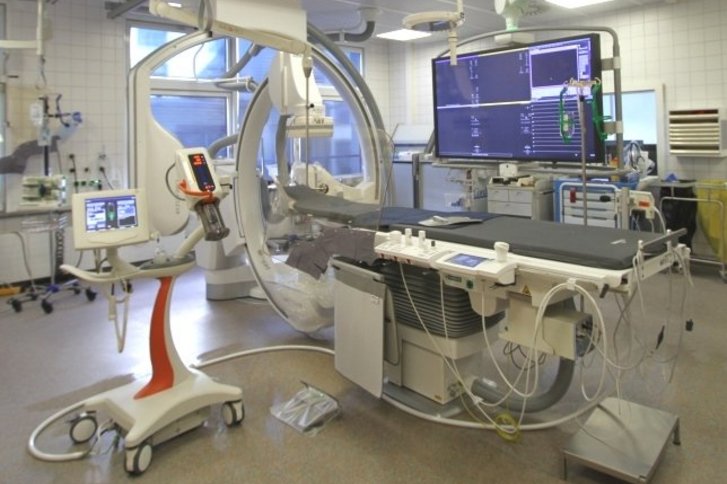
Stent implantation is a safe, routine procedure which is performed in the cardiac catheter laboratory to treat narrowed blood vessels. A catheter transports a balloon to the narrowed section, where it expands the mesh tube known as a stent. What happens during a stent implantation, and what are the risks and after-effects of the procedure? We have collated the key information for you.
